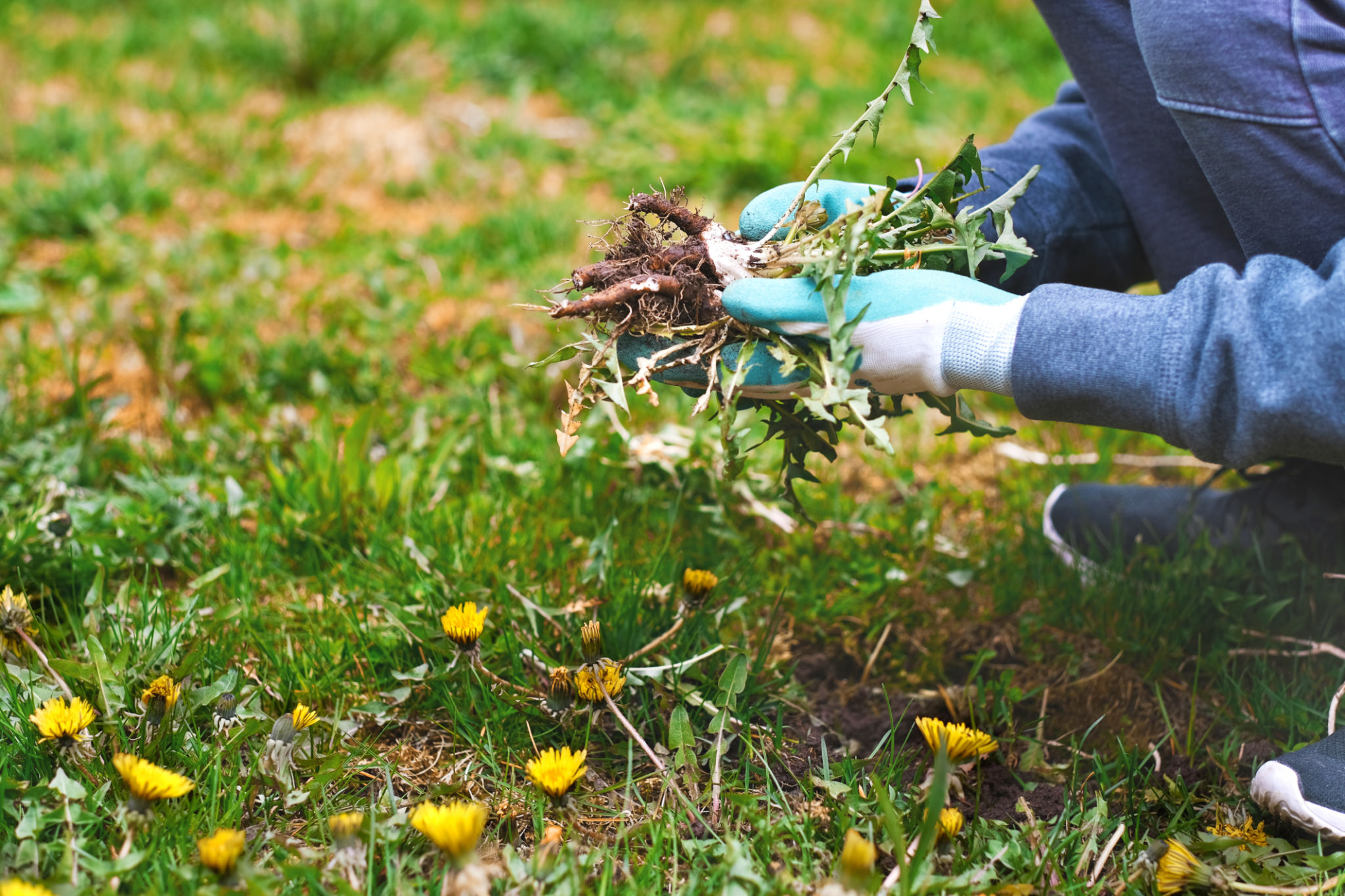DIY Landscaping Tips for Linn County Homeowners
Understanding Your Landscape
Before diving into any landscaping project, it’s crucial to understand the unique characteristics of your Linn County property. Begin by assessing the soil type, climate, and natural features such as slopes or water bodies. Linn County's diverse weather patterns mean you should choose plants and materials that can withstand both wet and dry conditions.
Consider creating a site analysis map to mark areas that receive sunlight and shade throughout the day. This will help you plan plant placements for optimal growth and sustainability.

Designing with Native Plants
One of the most effective DIY landscaping strategies is to incorporate native plants into your design. Native plants are well-suited to the local climate and soil conditions, which means they require less maintenance and are more resistant to local pests.
Some excellent choices for Linn County include Oregon grape, red-flowering currant, and various ferns. These plants not only thrive in Linn County but also attract local wildlife such as birds and butterflies, enhancing your garden's ecosystem.
Creating Functional Spaces
A successful landscape design isn't just about aesthetics—it's also about functionality. Consider dividing your yard into different zones, such as a play area for children, a relaxation space for adults, or a vegetable garden. This approach maximizes the utility of your outdoor space while maintaining an organized appearance.

Water Management Techniques
Water management is essential in any landscaping project, particularly in areas prone to heavy rainfall like Linn County. Implementing a rain garden is an effective way to manage excess water while adding beauty to your landscape. Rain gardens are designed to absorb rainwater runoff from roofs, driveways, and other surfaces.
Additionally, consider installing a rain barrel to collect rainwater for irrigation. This sustainable practice reduces water usage and can lower your utility bills.
Hardscaping for Structure
Incorporating hardscaping elements such as pathways, patios, and retaining walls can add both structure and style to your landscape. Use materials like stone, brick, or gravel to complement the natural surroundings of Linn County.

When planning hardscaping features, keep in mind the scale and proportion in relation to your home and garden size. Properly designed hardscaping can enhance the overall look of your landscape while providing practical benefits like erosion control.
Lawn Care Tips
A lush, green lawn is often the centerpiece of a beautiful landscape. To maintain a healthy lawn in Linn County, opt for drought-resistant grass varieties that require less water. Regular mowing, aeration, and fertilization are key practices for lawn maintenance.
Consider implementing a mulching mower to recycle grass clippings back into the soil, which adds nutrients and reduces yard waste.
Seasonal Maintenance
Landscaping is not a one-time project; it requires regular upkeep throughout the year. In Linn County, this means preparing your garden for wet winters and dry summers. Pruning trees and shrubs in late winter promotes healthy growth in spring, while mulching in summer helps retain soil moisture.

Stay on top of seasonal tasks by creating a maintenance calendar that outlines essential activities for each month. This ensures your landscape remains vibrant and healthy year-round.
Add Personal Touches
Your landscape should reflect your personal style and preferences. Incorporate decorative elements such as garden art, lighting, or water features that resonate with you. These touches can make your outdoor space feel more inviting and uniquely yours.
DIY landscaping offers an opportunity to express creativity while enhancing your home’s curb appeal. With careful planning and sustainable practices, Linn County homeowners can create beautiful landscapes that thrive in their unique environment.
